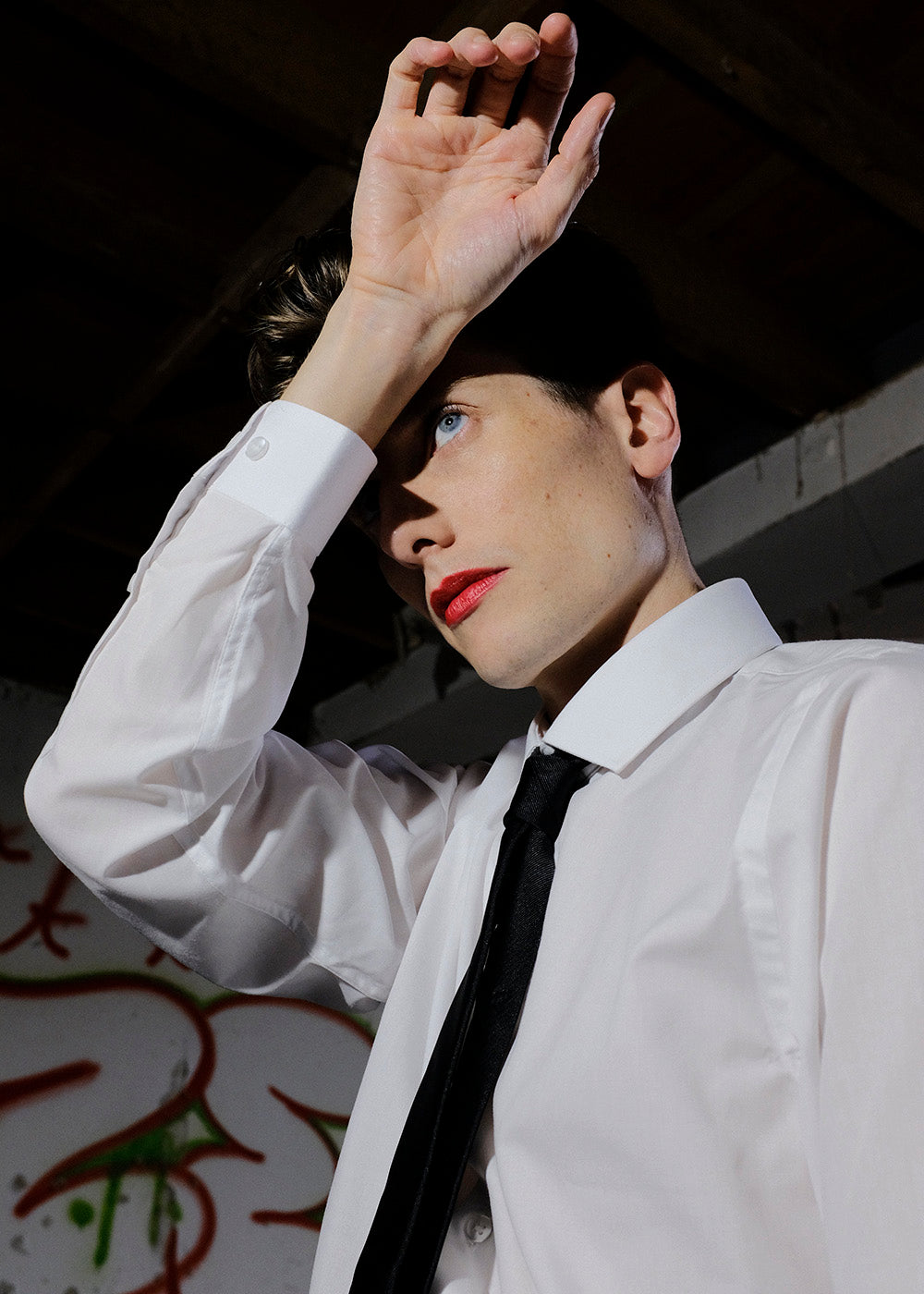Ultimate Release
Perhaps not since Mikhail Fokine’s 1905 iconic “The Dying Swan” has there been as haunting a solo dance depiction of avian death as Aakash Odedra Company’s “Songs of the Bulbul” (2024).
Continue Reading
World-class review of ballet and dance.
Based in London's South Bank, Rambert is one of the world's most celebrated dance companies, creating extraordinary work which finds the sweet spot between iconoclastic and classic. Edinburgh dancer Daniel Davidson joined Rambert in 2013, having previously performed with Scottish Ballet. More recently, Davidson has emerged as a brilliant choreographer in his own right. On stage he is a mesmerising dancer, and with his elegant and statuesque presence, he has a rock star energy, seeming at times to emulate the glamour, rebellion and poise of a young David Bowie. I caught up with Davidson during a break from making creative tasks and classes with the company to enquire about his brilliant career, queer culture, and of course, Bowie.

Daniel Davidson. Photograph by Miguel Altunaga


“Uncommonly intelligent, substantial coverage.”
Your weekly source for world-class dance reviews, interviews, articles, and more.
Already a paid subscriber? Login
Perhaps not since Mikhail Fokine’s 1905 iconic “The Dying Swan” has there been as haunting a solo dance depiction of avian death as Aakash Odedra Company’s “Songs of the Bulbul” (2024).
Continue ReadingDance, at its best, captures nuance particularly well, allowing us to feel deeply and purely. In its wordlessness, it places a primal reliance on movement and embodied knowledge as communication all its own. It can speak directly from the body to the heart, bypassing the brain’s drive to “make sense of.”
Continue Reading“Racines”—meaning roots—stands as the counterbalance to “Giselle,” the two ballets opening the Paris Opera Ballet’s season this year.
Continue Reading“Giselle” is a ballet cut in two: day and night, the earth of peasants and vine workers set against the pale netherworld of the Wilis, spirits of young women betrayed in love. Between these two realms opens a tragic dramatic fracture—the spectacular and disheartening death of Giselle.
Continue Reading
comments